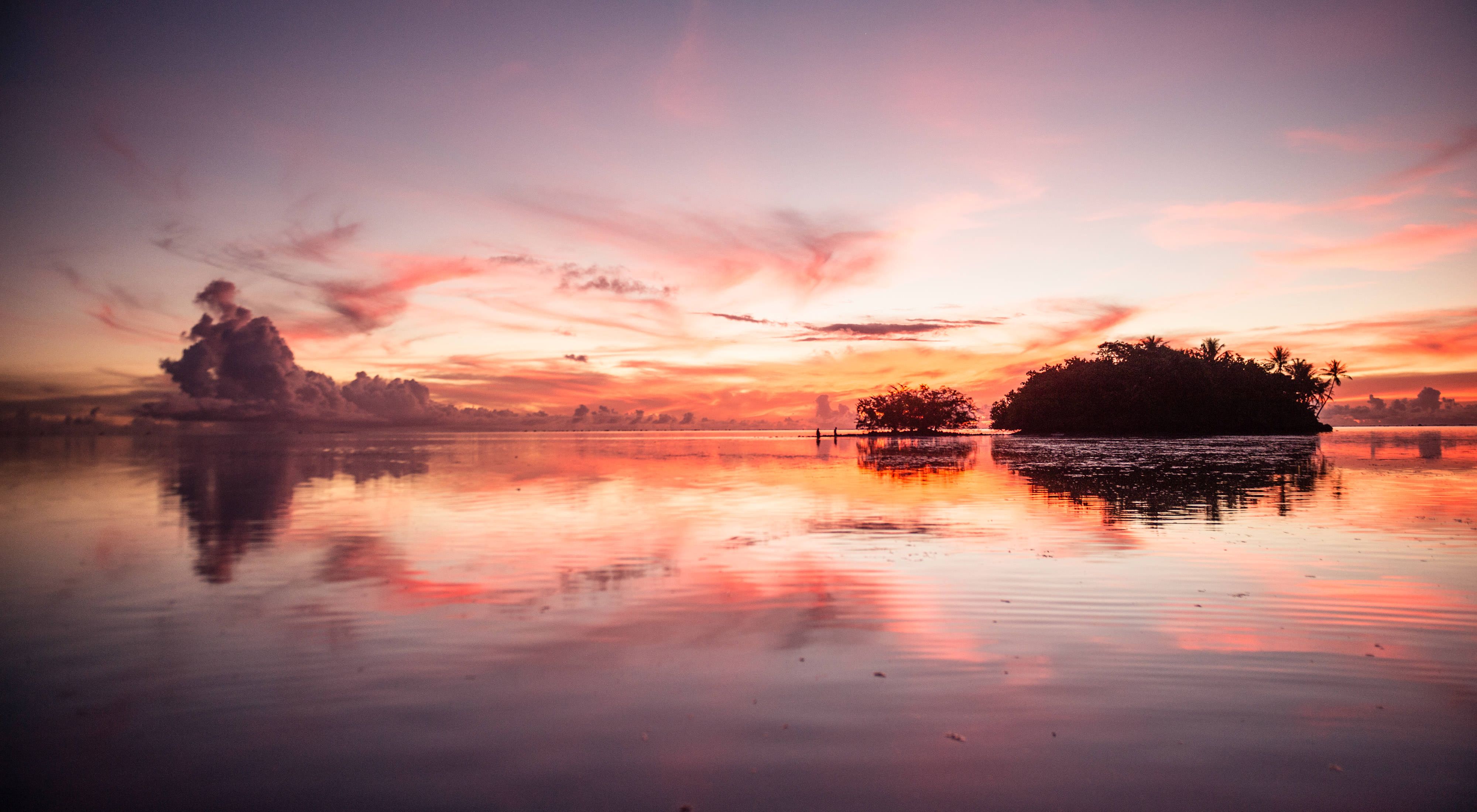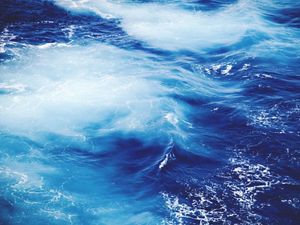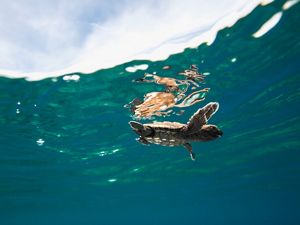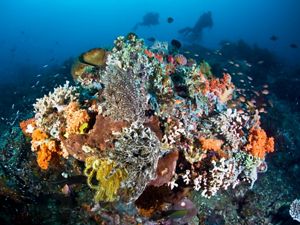Blue Growth by Design - An Ocean of Opportunity Awaits, If We Get It Right
A sustainable Blue Economy can reach $3.2 trillion by 2030 if we balance the needs of people and nature.
Written by Maria Damanaki, former Global Ambassador for Oceans with The Nature Conservancy.
Humanity’s relationship with the ocean can be summed up in two words: exploration and exploitation. Together, they are driving a sea change in the health and future prospects of the ocean. Sustaining the energy, food, minerals and jobs that make up our Blue Economy—while at the same time conserving the ocean, has become one of our most important collective global challenges.
Given how vital a healthy ocean is, I am delighted that countries have created their own annual international conference - the Our Ocean Conference. First launched by U.S. Secretary of State John Kerry in 2014 it is being held this year in Washington, D.C. September 15-16th. The Blue Economy challenge will be firmly on the table, and for us at The Nature Conservancy (TNC) this is an opportunity to shift the narrative away from viewing the ocean as another problem, and instead, treating it as part of the solution.
Our global Blue Economy is growing so rapidly that the impacts have not yet been fully assessed. From oil and gas to offshore wind, we increasingly rely on energy that comes from the ocean. We have developed an aquaculture industry that provides half the world’s seafood and is the fastest growing food production sector. Marine tourism is projected to triple in the next 15 years.
Investment in the Blue Economy is soaring, and many sectors are set to grow exponentially by 2030; offshore wind by as much as 8,000%, and aquaculture and fish processing by over 300%. The potential for food, jobs and renewable energy production is enormous.
But, alongside these rewards come huge risks. We know that the ocean is bearing the brunt of climate change: it has absorbed 90% of our excess heat and 25% of our carbon emissions, causing it to become 30% more acidic. According to the UN Food and Agriculture Organization, 85% of global fish stocks are “overexploited, depleted, or recovering from depletion,” while illegal fishing costs coastal nations up to $25 billion a year.
Our efforts must ensure that developing the Blue Economy does not come at the cost of ocean health. The Organization for Economic Cooperation and Development (OECD) projects that under a sustainable scenario, with high economic growth and low ecological deterioration, the ocean economy will more than double its global value added to reach $3.2 trillion by 2030.

The question for me is not if we will continue to explore the ocean and exploit its resources; it’s how, when and where we should do it. Blue Growth by Design is an approach to ocean conservation and management that balances the interests of people and nature, while ensuring that conservation has a voice. At TNC, we believe that the most important levers are: 1) international, collective action; 2) smarter use of sea space based on new science and technology; 3) increased investments in natural solutions to address climate change; and 4) strong, cross-sector collaboration.
More than 40% of our planet—the high seas—lies outside any national jurisdiction. Fish stocks, pollution and climate change aren’t contained by national boundaries and to manage resources, we need international cooperation and legally binding laws and treaties.
Blue Growth and climate change are exerting growing pressure on ocean areas, only about 3% of which are protected. The “30/30” target, to protect 30% of the ocean by 2030, is an important goal to help offset this pressure and build ocean resilience. But simply setting targets is not enough. Establishing smart, effective marine protected areas (MPAs) based on scientific planning and strong management will preserve ocean wealth.
The reality is that little can be achieved without funding. The ocean covers over 70% of our planet, yet in 2013, less than 5% of the $9.7 billion donated to environmental issues was devoted to marine causes.
In response, TNC is using innovative financing methods, like first-of-their-kind debt conversions, to leverage more of this money. For example, in February 2016, with a combination of grant and impact capital, we helped the Government of the Seychelles finance a more than $20 million debt buy-back from its Paris Club creditors, to help create a marine spatial plan for their entire Exclusive Economic Zone (EEZ) and place 30% of it—400,000 km2—into biodiversity protection zones. By working with other Small Island Developing States to provide similar financial opportunities, we intend to facilitate an additional 2 million km2 of MPAs.
None of this work can be done alone. I know from my years as EU Commissioner for Maritime Affairs that it’s essential to build strong partnerships. TNC is working with fishermen, governments, scientists, the insurance industry, the tourism industry, the World Bank, the Red Cross and businesses to help drive the changes we need.
We see the current boom in ocean industries as a call to action, a chance to design sustainable Blue Growth. I am confident that together we can get this right.
This post is part of a series produced by The Huffington Post in partnership with Secretary of State John Kerry’s Our Ocean conference and Ocean Unite, an initiative to unite and activate powerful voices for ocean-conservation action. The series is being produced to coincide with the Our Ocean Conference as part of HuffPost’s “What’s Working“ initiative, putting a spotlight on initiatives around the world that are solutions oriented. The State Department does not endorse the content of this blog.
Originally Posted on Huffington Post
September 16, 2016
View Original
Global Insights
Check out our latest thinking and real-world solutions to some of the most complex challenges facing people and the planet today.



